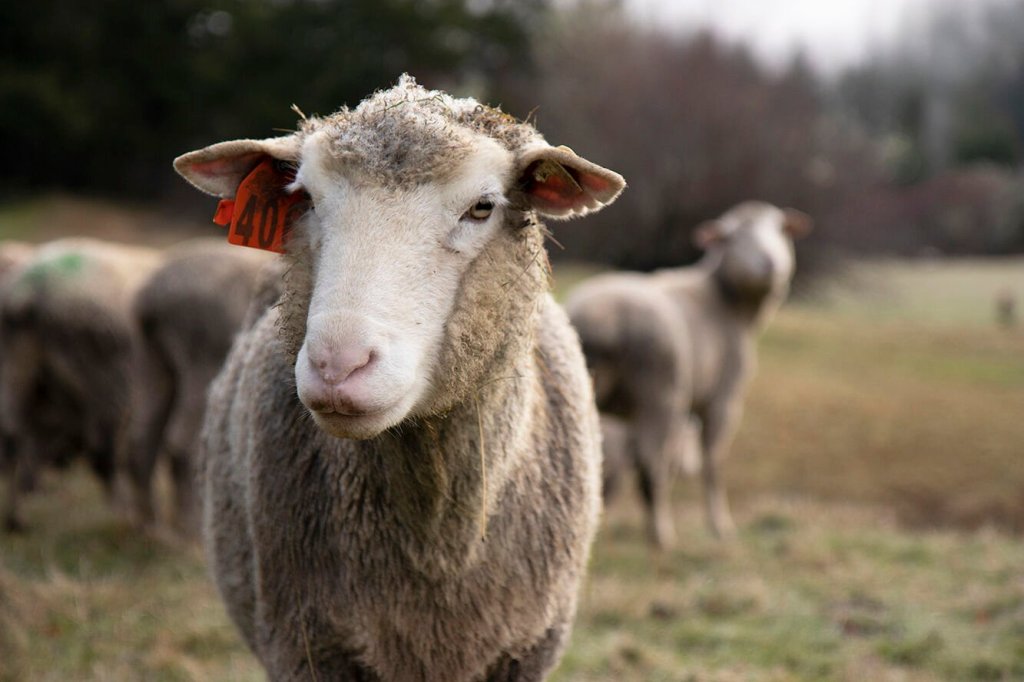Research shows potential for hemp as animal feed
Published 2:30 pm Monday, September 26, 2022

- Oregon State University researchers have published a study on the effects of feeding spent hemp biomass to Polypay sheep.
CORVALLIS, Ore. — Researchers at Oregon State University are finding that hemp has potential as a source of nutritious feed for lambs without any major impacts on animal health or meat quality.
Trending
Results of a study published Aug. 12 in the Journal of Animal Science could influence whether the U.S. Food and Drug Administration eventually approves feeding “spent hemp biomass” to livestock, unlocking another potential market for the versatile plant.
Spent hemp biomass is a byproduct consisting of leftover leaves and stalks after hemp is processed for cannabidiol, or CBD, oil. According to USDA data, 62% of all hemp cultivated nationwide was grown for CBD extraction.
The OSU study, funded in part by the Oregon Beef Council and USDA Agricultural Research Service, aims to determine whether this leafy byproduct can supplement feed for different types of livestock, including lambs, beef and dairy cows.
Trending
“To our knowledge, our study is the first to evaluate the effects of feeding spent hemp biomass to livestock,” said Serkan Ates, an associate professor of animal and rangeland science for OSU and co-author of the study.
So far, data suggests researchers are on the right track.
The project initially focused on sheep, with 35 weaned Polypay lambs kept in single pens and randomly fed different amounts of spent hemp biomass ranging from 10% to 20% of total feed. Some lambs were not fed any hemp as a control group.
Over the course of four weeks, the lambs ate the hemp pellets followed by a four-week “withdrawal period,” after which they were assessed for weight gain, carcass characteristics, meat quality and overall health.
Although lambs eating 20% spent hemp biomass consumed less feed in the short-term, intake was not affected over the long-term, the study found. Lambs eating 10% spent hemp biomass actually ate more over the long-term, compared to the other groups.
Except for an increase in shrinkage during cooking, meat quality was not affected by feeding lambs hemp. The animals’ metabolism was also not adversely affected.
These findings are important for both hemp farmers and livestock producers, Ates said, because they provide evidence that they byproduct can be incorporated into animal diets.
“If the (FDA) approves its use as an animal feedstuff, hemp farmers could have a market for what is essentially a waste product and livestock producers may be able to save money by supplementing their feed with the spent hemp biomass,” Ates said.
Industrial hemp was decriminalized and classified as an agricultural commodity under the 2018 Farm Bill. The following year brought an explosion of hemp production across Oregon, with 64,000 planted acres.
Since then, the number of licensed plantings has crashed, down 95% to 3,250 acres in 2022. Among the factors cited by farmers and industry experts is a lack of regulatory certainty from the FDA, which has constrained the development of new products containing CBD.
Unlike marijuana, hemp cannot have more than 0.3% tetrahydrocannabinol, or THC, the psychoactive compound found in cannabis that gets users high.
According to the study, chemical analysis showed spent hemp biomass to have similar nutrition to alfalfa, with no mycotoxin, terpenes or organic residuals as a result of the CBD extraction process.
However, more research is needed, Ates said. In particular, researchers observed a reduced “liver clearance” in lambs fed spent hemp biomass, referring the liver’s ability to metabolize other drugs.
“Spent hemp biomass can be considered a safe feed for ruminants and a good alternative to alfalfa for livestock, especially if it presents an economic benefit,” Ates said.








